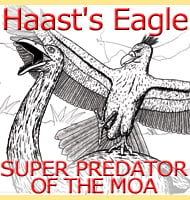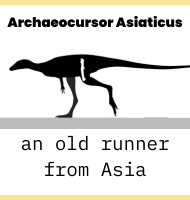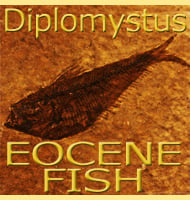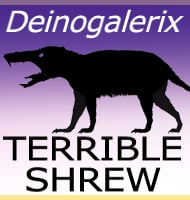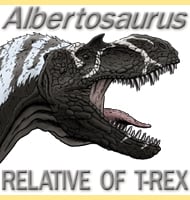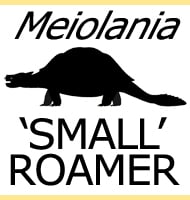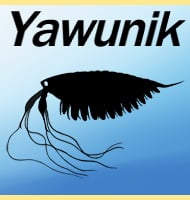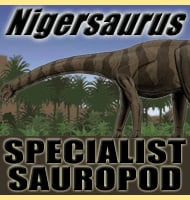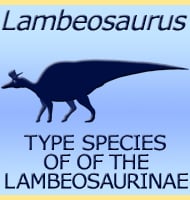In Depth
Selmasaurus is unusual amongst mosasaurs because it has an akinetic skull, which means that its jaws were incapable of widening to swallow larger prey. This strongly suggests that Selmasaurus restricted itself to small prey species that were easily swallowed. This would infer behaviour similar to other plioplatecarpine mosasaurs such as Platecarpus and Plioplatecarpus that are thought to have been more active predators of fish. However it is still uncertain if Selmasaurus had a tail fluke like the aforementioned Platecarpus.
One interesting bit of trivia about Selmasaurus is that although it was officially named in 1988, it was actually unofficially named back in 1975 as part of a masters thesis by Samuel Wayne Shannon.
Further Reading
– Selmasaurus russelli, a new plioplatecarpine mosasaur (Squamata, Mosasauridae) from Alabama. – Journal of Vertebrate Paleontology 8(1):102-107. – K. R. Wright and S. W. Shannon – 1988. – Description and phylogenetic analysis of a new species of Selmasaurus (Mosasauridae: Plioplatecarpinae) from the Niobrara Chalk of Western Kansas. – Proceedings of the second Mosasaur Meeting 13-28. – M. J. Polcyn & M. J. Everhart – 2008.

